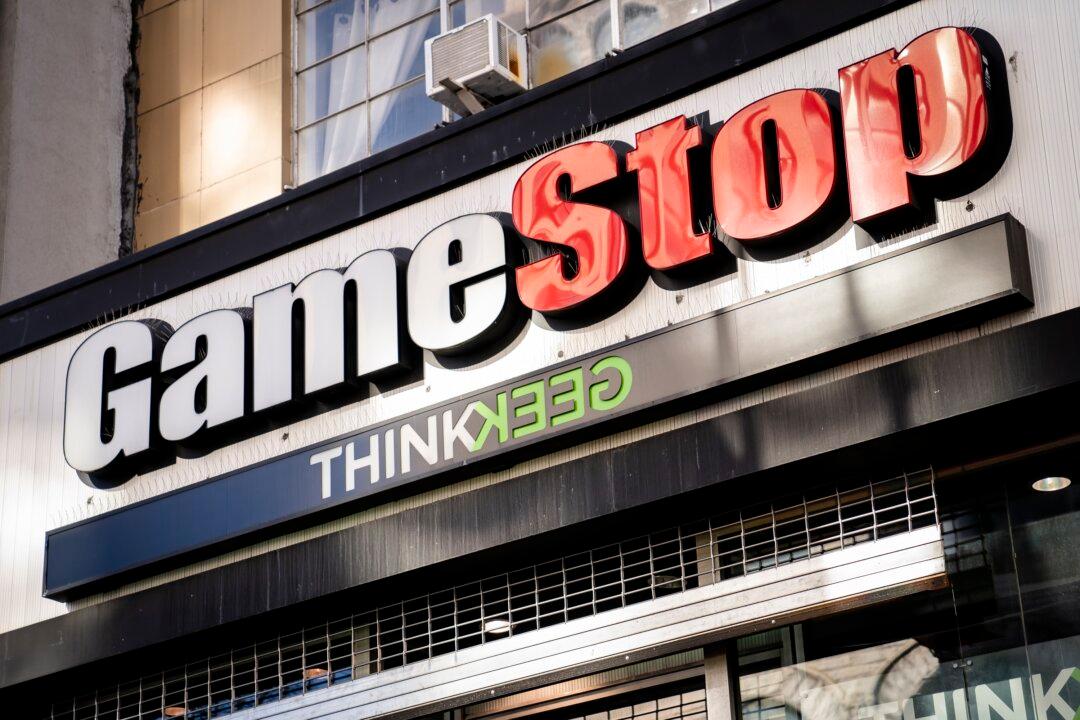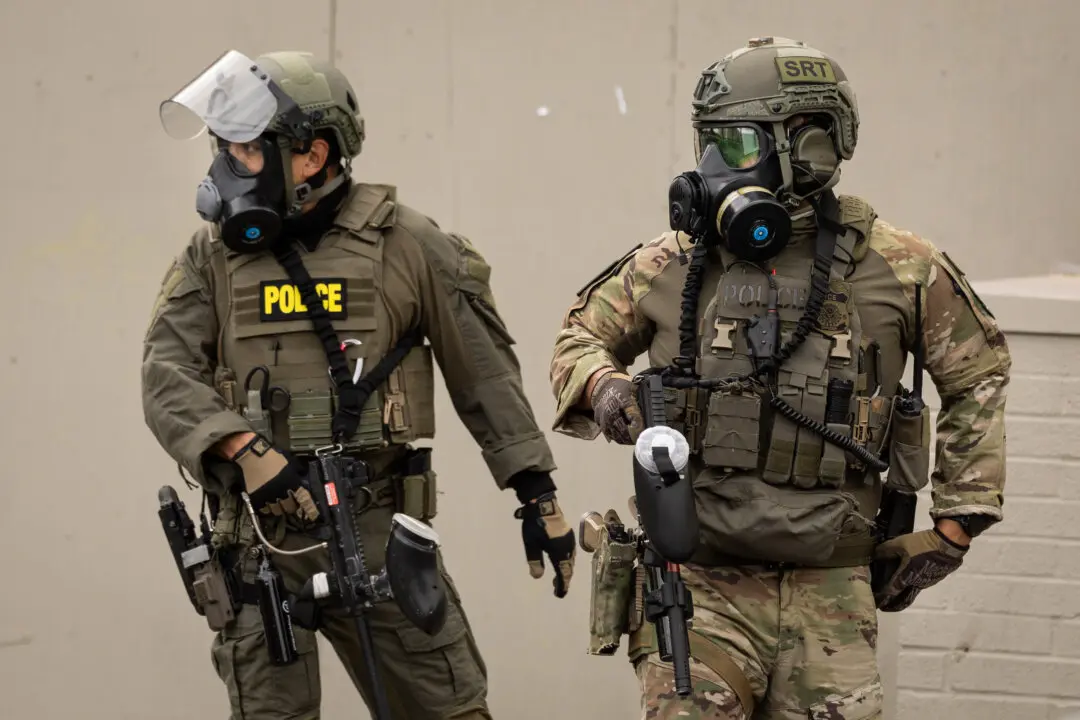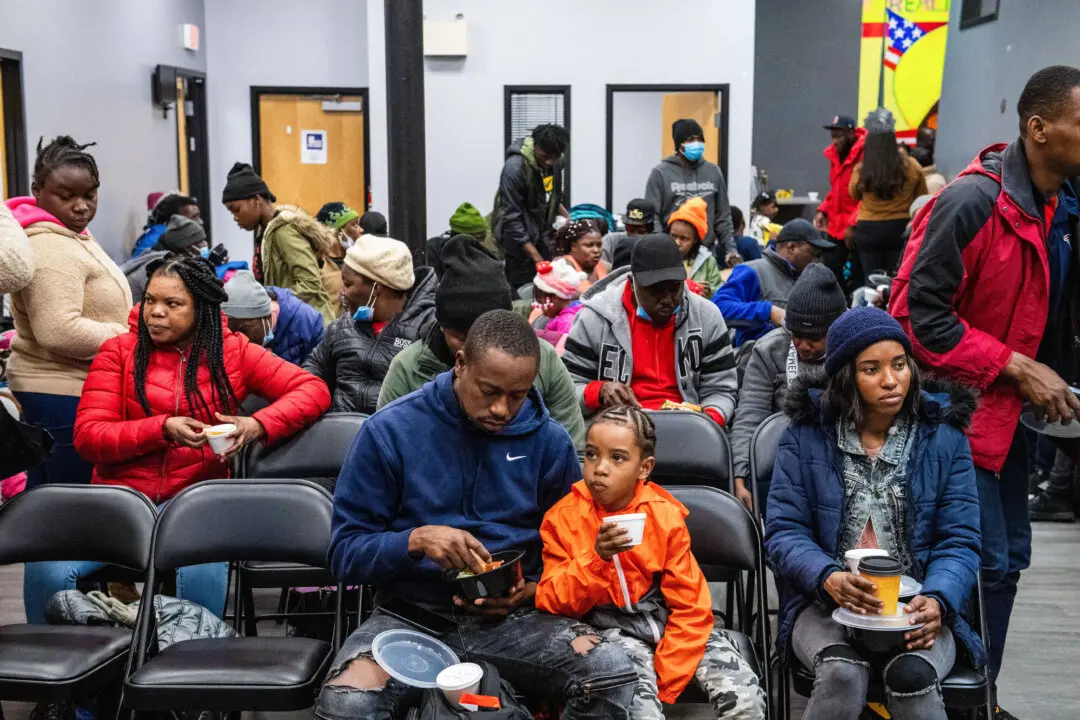Trading of GameStop stock was halted by Nasdaq four times on May 12 as the share price kept rising and falling dramatically amid the index registering a decline.
GameStop shares were halted at around 10:14 a.m., 10:20 a.m., 10:25 a.m., and 10:31 a.m., with the stops followed by resumption of trading a few minutes later, according to Nasdaq Trader. After the fourth halt, trading in GameStop resumed at nearly 10:36 a.m.





